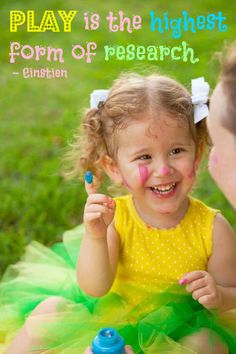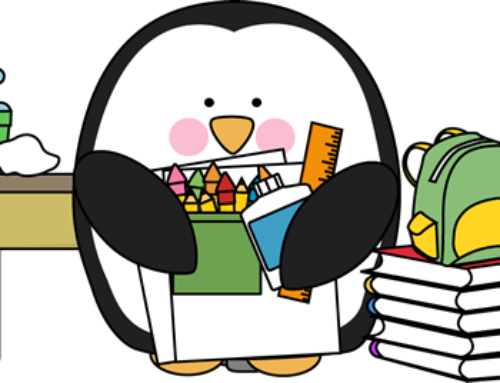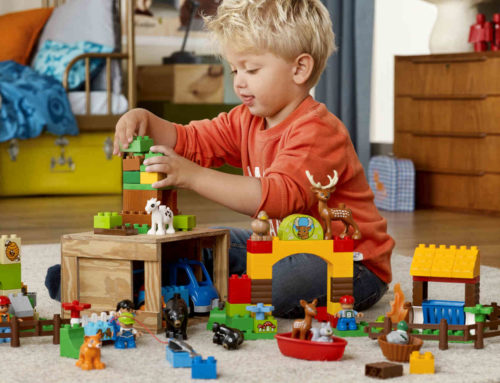I know, I know. I can feel your eyes rolling from here but bear with me. When I talk to parents and teachers about “slowing down” I see the eye rolls and I hear their exasperated sighs. I can tell they are thinking something along the lines of “I thought you were actually going to tell me something useful”. Sometimes what seems so obvious and simple is actually a lot harder than first thought!
Think back to when your child was a baby. When it seemed like all they could do was cry. Slowly but surely you developed a system of interaction to understand each other. When they cried you picked them up. When they pointed at something you told them what it was and showed it to them. When they threw their piece of toast on the floor you knew breakfast was finished. Your child couldn’t speak, but you understood what they were “saying”. How???
You were present – that’s how. You watched them. I don’t mean you kept an eye on them while you did other things. I mean you really watched them! You watched their eyes to see what they were gazing at, you followed their finger to find out what they were pointing to, you noticed their body language when they heard certain sounds or words and when they cried you attended to them and looked around to work out what was wrong. By slowing down and being present you understood what your child was trying to say and were able to express the words they would have used if they could, such as “Ok then – No more toast”.
Young children understand much more than they can say. Most need to hear a word many times before they are ready to attempt it themselves. Being present and involved in your child’s games and conversations is one of the simplest ways to help them learn new words. There’s no “testing” of “What’s this?” or “What’s that?”. There are no flash card or special “educational” toys. It is just a natural and enjoyable way to talk together.
For example, while playing with animals with a toddler or preschooler, you could talk about the names of different animals and introduce new vocabulary by discussing what types of things they can do (e.g. roar, prowl, dive, climb, squawk) or what they look like (e.g. furry, slimy, huge, tiny, spotty). You could create your own funny storyline (such as an elephant who wanted to climb a tree), discuss the character’s feelings (sad, frustrated, annoyed, scared, excited) and help your child to guess what might happen next (maybe the tree broke in two or the elephant made it to the top and became friends with a monkey). The possibilities are endless! You can check out this post to get an idea of which toys are great for developing language skills in toddlers and preschoolers.


We all live very busy lives. Sometimes dedicating time to “just play” and talk with our children can be incredibly difficult. Even when we do set aside the time, most of us are easily distracted, “I’ll just have a quick look at my emails/fold some clothes/pay that bill online” etc. Of course there are times when the distractions are unavoidable (or necessary for your own sanity!) and children do need time to play on their own and learn how to entertain themselves, but the important thing to remember is that once you have “tuned out” and your responses are limited to “mmmm”, “ah-ha”, “ok” and “just a minute” you are missing a wonderful opportunity to help your child learn new words.
Children also learn a lot through everyday routines such as getting dressed, brushing teeth, mealtimes, having a bath and going to bed. All of these events tend to happen in a series of steps in almost the same way everyday. This helps children know what to expect and gives them the security and confidence they need to learn language. So slow down – be patient and don’t rush through the routines. If your preschooler is having an apple for morning tea talk about how colourful it is, how crunchy it sounds when you bite it, the farmers who grow the apples in the orchards, how apples get to the shop, what other fruit and vegetables you can buy etc.
When you slow down and wait, you give your child a chance to use their words to start a conversation or respond to you. You give them a chance to tell you what they are interested in right then. On the other hand, when you put pressure on a child to talk (“Katie, can you say car”), it doesn’t help them learn language. In fact it can actually have the opposite effect because it takes the joy out of communicating. The desire to communicate comes from having something to say AND knowing someone will listen.
Finally, you need to remember to speak slowly and pause often to give your child time to process and remember what they have just heard. You could be saying the most wonderful things in the world but if you are speaking at a hundred miles an hour you might as well be talking to a brick wall!
So there you have it! One of the simplest but most effective things you can do to help your child talk and learn new words is to slow down and be present. Really “tune in” and be involved in their conversations and games. Be patient and wait in order to give them a chance to start an interaction or respond to you. Speak slowly and pause often to give them a chance to process what you’re saying and take it all in. It will be worth it!





